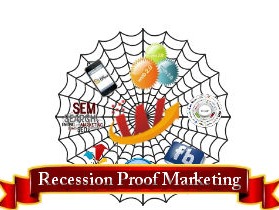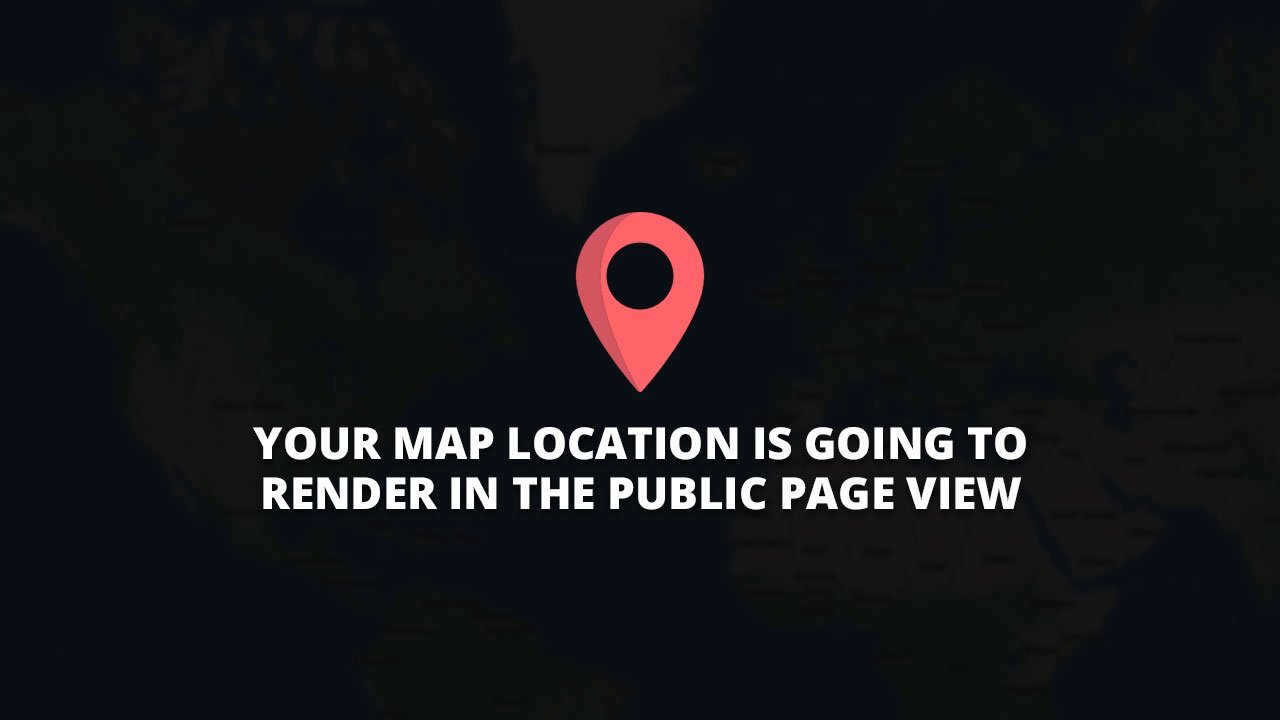
Digital Advertising: A Closer Look at Rising Costs and Declining Engagement
The digital landscape is evolving rapidly, and recent findings highlight some alarming trends for businesses relying on online advertising. A study surveying over 90 billion sessions reveals that while digital ad spending has surged, the effectiveness of these ads is diminishing. Businesses are facing increased costs, longer conversion times, and burgeoning user frustrations that ultimately undermine their marketing efforts.
Understanding User Dissatisfaction
At the forefront of the issues faced by marketers is a noticeable drop in organic traffic. A year-over-year decline of 3.3% has prompted brands to lean more heavily on paid advertising, which now encompasses nearly 39% of all traffic. This shift translates into escalating costs, with advertisers spending 13.2% more year-on-year in hopes of enticing customers. Yet, the question arises: are these costs worth the investment?
The Impact of Frustration on Retention Rates
New visitors are increasingly leaving websites prematurely, primarily due to poor engagement. On average, they view 1.8% fewer pages than before, indicating that landing pages—if not designed thoughtfully—fail to retain attention. A phenomenon known as “rage clicks,” where users repeatedly click one element in frustration, has also emerged as a damaging trend. Such actions affect around one in three page visits, significantly reducing session depth and overall engagement.
Conversions Are Suffering
As frustrating experiences become the norm, conversion rates have tumbled by 6.1%. The distinction is clear: paid traffic yields a considerably lower conversion rate of 1.83% compared to unpaid traffic at 2.66%. Brands that stand out are those that actively enhance user engagement through dynamic designs and meaningful content. In fact, companies focusing on improving session depth have seen a notable 5.4% increase in conversions.
Strategies for Improvement
So, what can marketers do to reverse these worrying trends? A proactive approach is essential. It begins by diversifying traffic sources and not putting all eggs in the paid ads basket. Exploring alternative channels such as retail media networks can lead to more stable growth.
Improving the journey for new visitors is also crucial. Marketers can harness tools like heatmaps to understand user behavior and better personalize content. This targeted approach helps reduce early exits, leading to stronger retention rates.
The Importance of Monitoring User Experience
Lastly, addressing user frustrations in real-time can dramatically influence overall performance. Implementing monitoring tools to identify and rectify slow-loading pages or to manage rage clicks can significantly increase the usability of a site—and consequently, customer retention. In fact, the report indicates that sites with fewer rage clicks retain 18% more users than their competitors.
Concluding Thoughts
The data highlights a critical juncture for marketers: enhancing user experience is not just important, it’s essential for turning clicks into customers. As we navigate an increasingly complicated digital world, understanding user behaviors and actively working to improve their experience could mean the difference between success and failure in the realm of digital advertising. By adopting these practices, businesses can better position themselves to thrive in this challenging environment.
 Add Row
Add Row  Add
Add 



Write A Comment